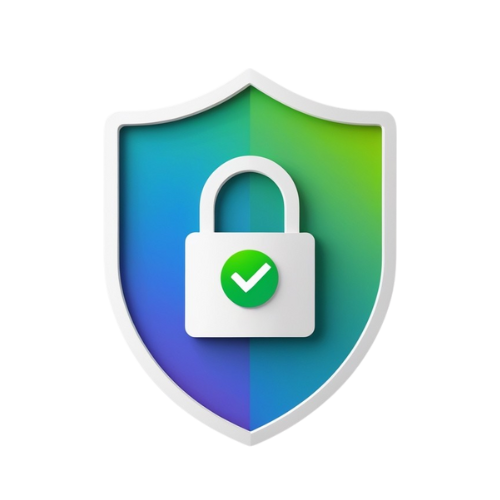Password Security
Your passwords are the keys to your digital life. Weak passwords can lead to unauthorized access to your accounts, identity theft, and financial loss.
Creating Strong Passwords
A strong password is your first line of defense against unauthorized access to your accounts.
- Use at least 12 characters - longer is stronger
- Include a mix of uppercase and lowercase letters
- Add numbers and special characters
- Avoid using personal information (birthdays, names)
- Don't use common words or phrases
Password Management Best Practices
Even the strongest password becomes vulnerable if not managed properly.
- Use a different password for each account
- Change passwords regularly (every 3-6 months)
- Use a reputable password manager
- Never share your passwords with others
- Don't store passwords in plain text
Common Mistake
Using the same password across multiple accounts is extremely risky. If one account is compromised, all your accounts become vulnerable.
Two-Factor Authentication
Two-factor authentication (2FA) adds an extra layer of security to your accounts by requiring two different types of verification.
How 2FA Works
When you enable 2FA, logging in requires:
- Something you know (your password)
- Something you have (your phone or security key)
This means that even if someone discovers your password, they still can't access your account without the second factor.
Types of Two-Factor Authentication
- SMS codes sent to your phone
- Authentication apps (Google Authenticator, Authy)
- Security keys (YubiKey, Titan Security Key)
- Biometric verification (fingerprint, face recognition)
- Email verification codes
Security Note
SMS-based 2FA is better than no 2FA at all, but it's vulnerable to SIM swapping attacks. When possible, use authentication apps or security keys instead.
Recognizing Phishing Attempts
Phishing is a type of social engineering attack where attackers disguise themselves as trustworthy entities to steal sensitive information like passwords and credit card details.
Common Phishing Red Flags
- Urgent or threatening language
- Requests for personal information
- Suspicious or misspelled email addresses
- Grammar and spelling errors
- Suspicious links or attachments
- Offers that seem too good to be true
How to Protect Yourself
- Never click on suspicious links in emails
- Verify requests for information through official channels
- Check the sender's email address carefully
- Hover over links to see the actual URL before clicking
- Keep your browser and security software updated
- Report phishing attempts to the organization being impersonated
Important
Legitimate organizations will never ask for sensitive information like passwords or credit card details via email. When in doubt, contact the organization directly using their official contact information.
Safe Browsing Practices
The way you browse the internet can significantly impact your digital safety. Following safe browsing practices helps protect you from malware, tracking, and data breaches.
Secure Connection Indicators
Before sharing any sensitive information online, ensure the website is secure:
- Look for "https://" in the URL (not just "http://")
- Check for a padlock icon in the address bar
- Verify the website's SSL certificate if in doubt
Browser Security Enhancements
- Keep your browser updated to the latest version
- Use privacy-focused extensions (ad blockers, tracker blockers)
- Adjust privacy settings to limit data collection
- Clear cookies and browsing history regularly
- Consider using a privacy-focused browser
Public Wi-Fi Safety
- Avoid accessing sensitive accounts on public Wi-Fi
- Use a VPN when connecting to public networks
- Disable automatic connection to open networks
- Verify network names before connecting
